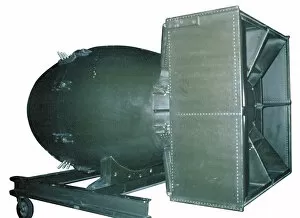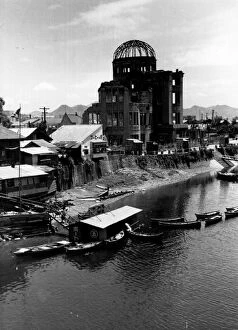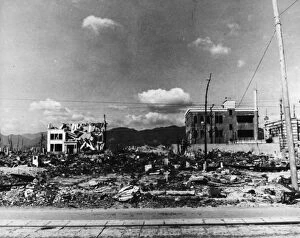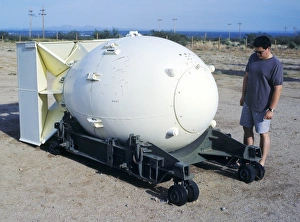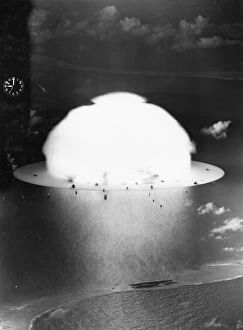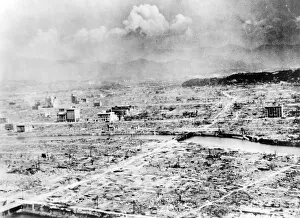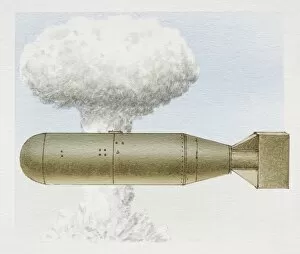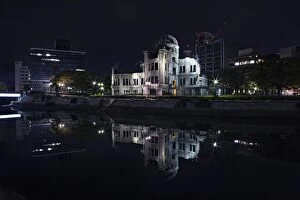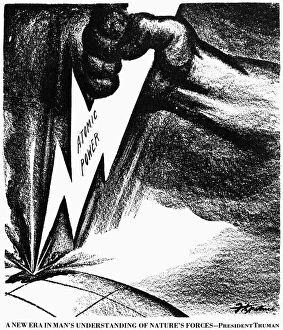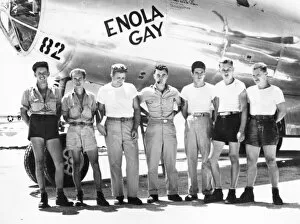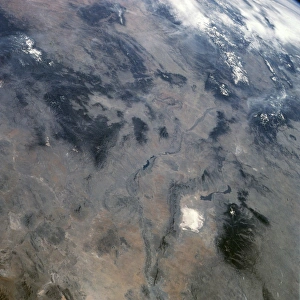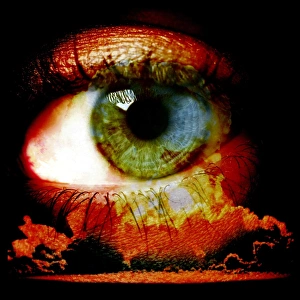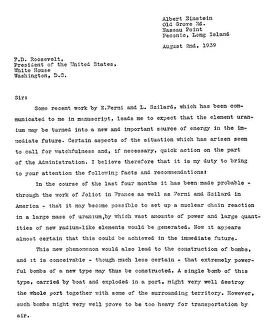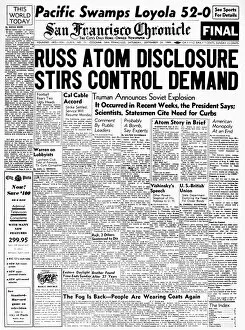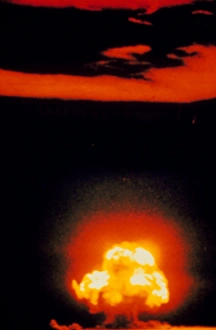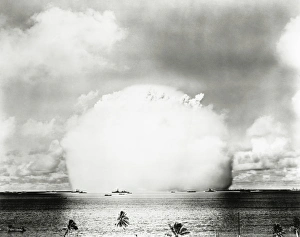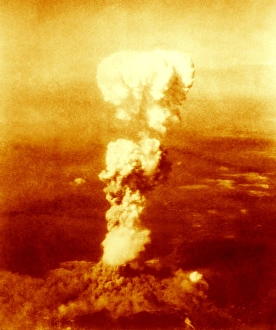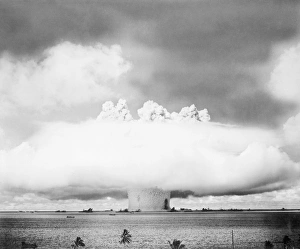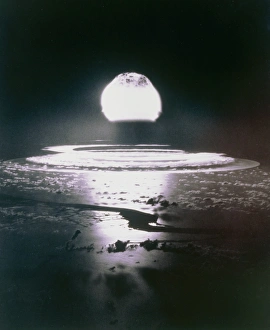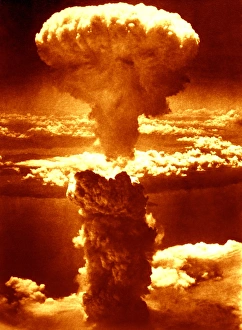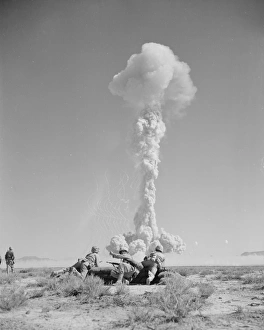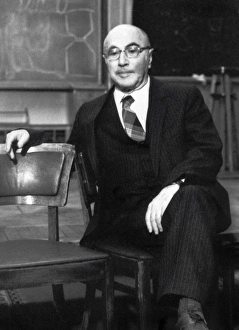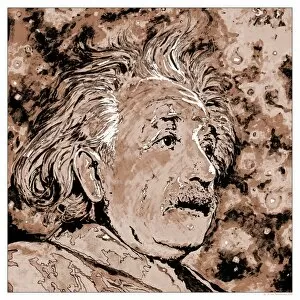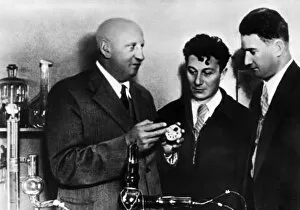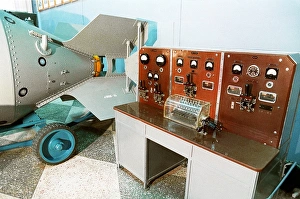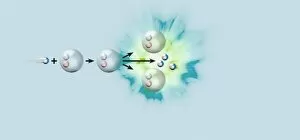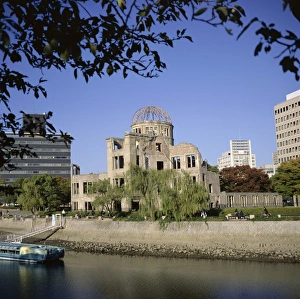Atomic Bomb Collection (page 2)
"Unleashing the Power: A Visual Journey into the Atomic Bomb" Step into a world where science and destruction collide
All Professionally Made to Order for Quick Shipping
"Unleashing the Power: A Visual Journey into the Atomic Bomb" Step into a world where science and destruction collide, as we explore the awe-inspiring realm of atomic bombs. From nuclear fission artwork to historic tests and devastating explosions, this captivating journey will leave you in awe. Let's begin with an unexpected twist - The Headington Shark. This iconic sculpture seems out of place, but it serves as a reminder that atomic bombs have left an indelible mark on our history and culture. Travel back to 1946 when American atomic bomb tests were conducted at Bikini Atoll in the Pacific Ocean. Witness the sheer magnitude of these explosions that forever changed our understanding of power. Meet J. Robert Oppenheimer, scientific director of the Manhattan Project during World War II. His presence looms large as he inspects an atomic test site in Los Alamos alongside Major General Leslie Groves. These visionaries paved the way for groundbreaking discoveries that would shape our future. Fast forward to June 17, 1967, when China exploded its first hydrogen bomb. The world watched in both fear and fascination as this new level of destructive force was unleashed upon humanity. Delve deeper into the science behind these weapons with a glimpse at plutonium atomic bombs. Marvel at their complexity and understand how they operate on a molecular level, harnessing unimaginable energy within their core. But amidst all this devastation lies hope for peace - Hiroshima's Peace Memorial Park stands tall, commemorating the tragic events of 1945 when two nuclear weapons were detonated over Japanese cities. It serves as a poignant reminder that we must strive for harmony and unity among nations. Witness RAF technicians working tirelessly to ensure precision launches from control suites for Thor intermediate missiles. Their dedication highlights not only military prowess but also emphasizes responsible handling of such immense power. Finally, catch sight of an RAF technician running tests on Rocketdyne propulsion units for Thor intermediates.

